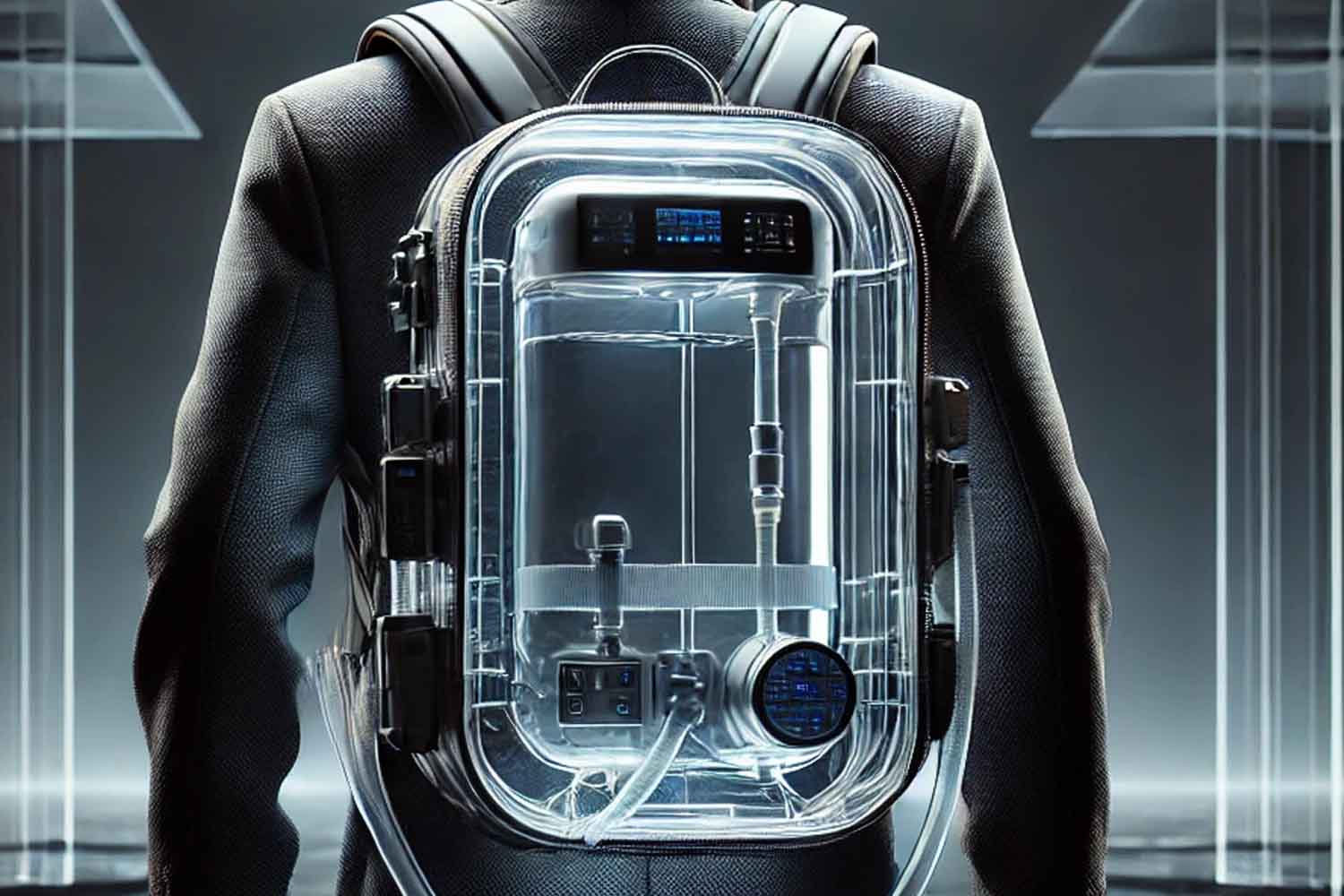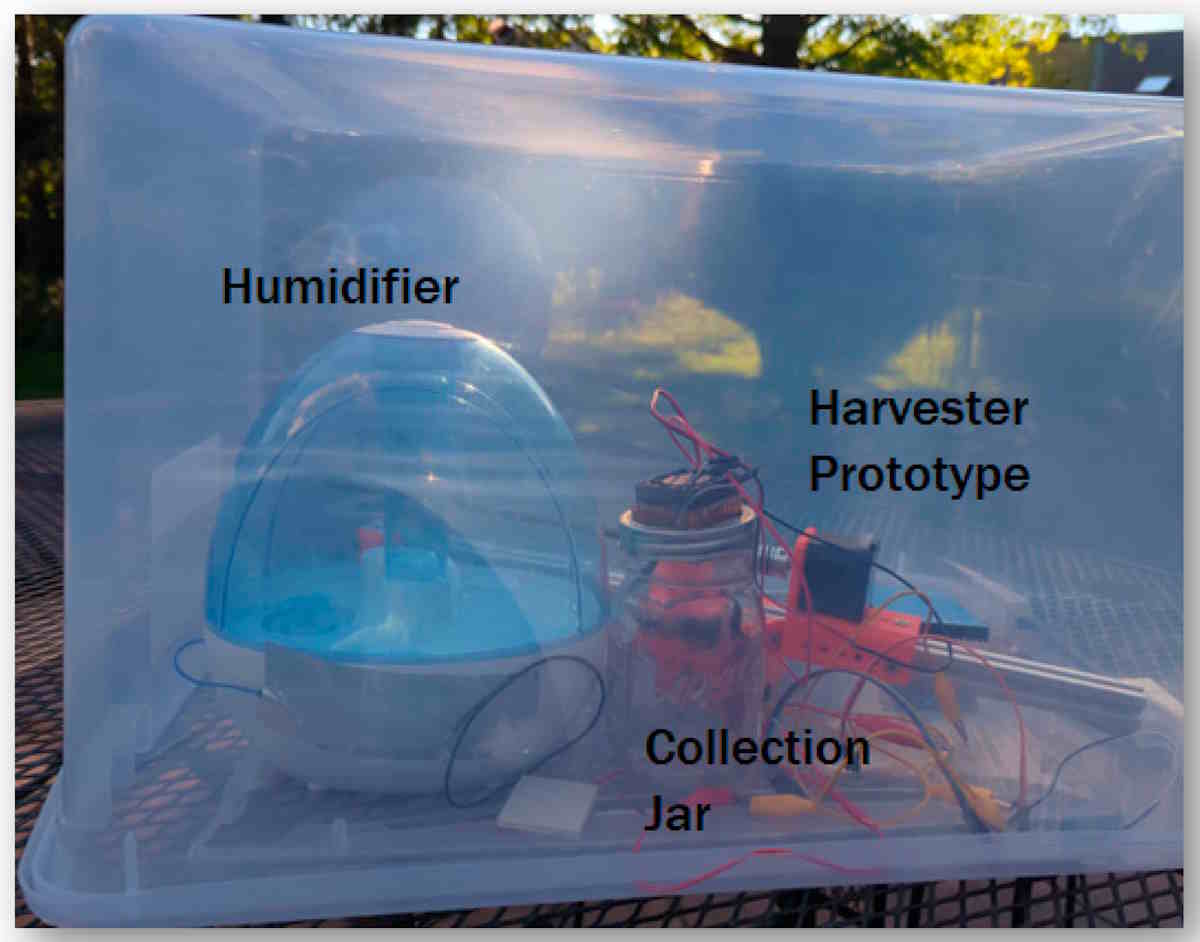A nickel-titanium-based prototype collects water from the air with 50% less energy than traditional methods: an important innovation to improve access to drinking water in the areas most affected by water scarcity

A recent study has introduced a new technique in collecting potable water from the air, using only half of the energy required by conventional methods. Researchers working on the project tested a prototype dehumidifier based on nickel-titanium: this device proved to be able to collect more water in 30 minutes than conventional devices, consuming significantly less energy.
More than 2 billion people around the world lack access to safe drinking water, according to Ohio State University College of Medicine researcher John LaRocco. This device could dramatically improve access to water in water-scarce areas of the world:
“Water is life-giving; a person cannot survive more than three days without it. Access to potable water vastly improves health, security and quality-of-life.

The prototype relies on a process called elastocaloric cooling, which allows it to be less energy-intensive than the traditional bulky systems, hence making it more compact and portable. It is light enough to be carried in a backpack.
The research, published in the journal Technologies, tested the prototype against desiccant wheel dehumidifiers, which work by capturing moisture with hydrophilic materials. Over the course of 30-minute tests, researchers measured both energy consumption and water collection capacity. The prototype proved especially well-suited to humid climates, like those in Indonesia, Haiti, the Philippines, and Ohio, whose natural humidity levels create an ideal environment for efficiency.
The water collected by the device is drinkable, but due to the 3D-printed materials used in its construction, it requires filtration to reduce potentially ingestible microplastics. With only 0.5% of the planet’s water being fresh and factors such as wars, pollution, and climate change exacerbating the water crisis, innovative solutions are essential.
“The ability to extract water from the air offers hope for marginalized populations,” said Qudsia Tahmina, a co-author of the study.
Source: Technologies
